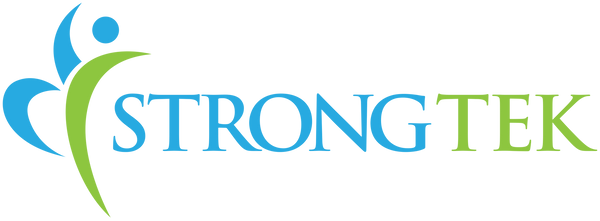When people talk about fitness, they frequently talk about losing weight, gaining muscle mass, and improving endurance and stamina. However, what’s even more important than all that is functional fitness.
Functional fitness training includes movements that strengthen the muscles your body uses doing everyday tasks. Some examples include getting up from a sofa, carrying a box up the stairs, and reaching overhead to get something from the top shelf.
As we age, our ability to perform functional movements naturally decreases. That’s why you might start to feel aches and pains after doing everyday activities like cleaning the house once you hit 40.
Just because it’s common to lose functional movement doesn’t mean you’re doomed to live with pain constantly. Doing a functional movement screen can help you identify your weak spots. Then, you can incorporate different exercises that will strengthen functional areas and improve your overall quality of life.
Doing the Functional Movement Screen
If you go to a gym or see a physical therapist, you might be able to request a functional movement screen. You can also perform one at home to get a baseline idea of how strong or weak certain muscle groups are. Just know that doing one at home and scoring yourself based on how you feel may not be as accurate as having a professional assessment.
You’ll do seven exercises during the functional movement screen. Keep a pen handy so you can keep score. Every movement is scored on a 0 – 3 scale. For moves performed on both sides of the body (like lunges), you’ll use the lower score of the two sides.
0: You feel any pain at all
1: You can do the move, but not very well
2. You can do the move, but you need to compensate in some way.
3. You can perfectly master the move.
Before getting started, you’ll need a dowel rod. These are available at hardware stores. Also, we recommend standing in front of a mirror, so you can assess your form.
How to Do a Functional Movement Screen
A functional movement screen involves seven moves. Remember, stop if you feel any pain and give yourself a score of 0 for that movement.
Don’t worry if you get some or all scores of 0. You can use your assessment score to create a fitness regimen. You can target specific functional movements.
Move 1: Deep squat
Hold a dowel rod above your head. Then, squat as low as possible while keeping good form (head looking forward, chest upright, knees pointing forward).
The goal is for your upper torso to be parallel with your shins and knees and dowel aligned over your feet.
Move 2: In-line lunge
Hold the dowel behind your back with one hand near your neck and the other toward your lower back. Then, with your feet about hip-width apart and facing forward, step one foot back and lower it until it hits the floor. Use a balance pad for extra support if you need it.

You’re looking for the dowel to stay in place. Your torso to remain still, and your feet to face forward as your back knee lowers.
Move 3: Hurdle step
Hold the dowel across your shoulders in front of a hurdle. Now, step over the hurdle with one leg, touching the heel to the floor. Return to starting position. Then, repeat on the other side.
You’re looking for balance and for your upper body to remain neutral as you move your legs.
Move 4: Shoulder mobility
Reach your hands behind your back simultaneously, putting one over your shoulder and the other around your back reaching up. Repeat on the other side.
Your goal is to get your hands as close together as possible.
Move 5: Active straight-leg raise
Lie on your back with your arms at your sides. Raise one leg as high as you can while keeping your knee straight. The other leg remains on the floor.

You’re looking at how high you can raise your leg while keeping your other leg on the floor.
Move 6: Trunk stability push-up
Get in a plank position and perform a push-up, going as far to the ground as possible before pushing yourself back into starting position. Cushion your hands using a yoga foam wedge block.
Your goal is to get your chest to the ground and back up while keeping your body in a straight line.
Move 7: Rotational stability
Put your knees down, so you are on all fours. Simultaneously raise your right leg and arm until they are parallel to the floor. Next, touch your right elbow to your right knee. Extend your arm and leg again, then put them on the floor before repeating on the left side.
Your goal is to keep your elbow aligned with your knee and to do the move without twisting your torso. Pay attention to the differences between your left and right sides.
At StrongTek, we believe in helping people get in shape, so they can enjoy life! We know from experience that functional movement is essential for staying healthy and strong. Visit the StrongTek Fitness Academy for more resources that can help you stay healthy and active.
